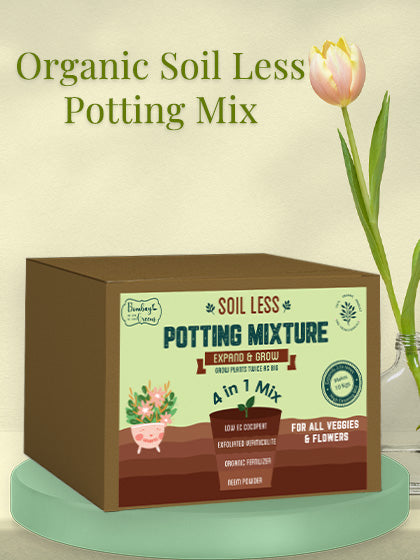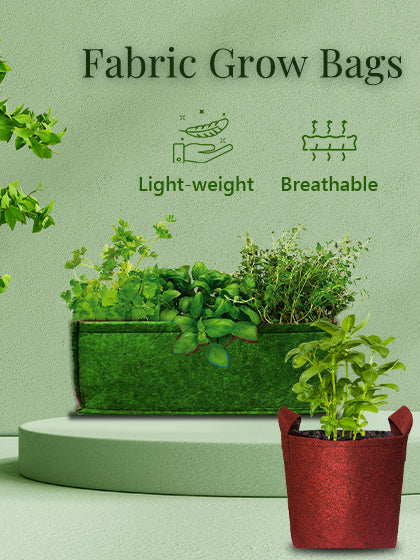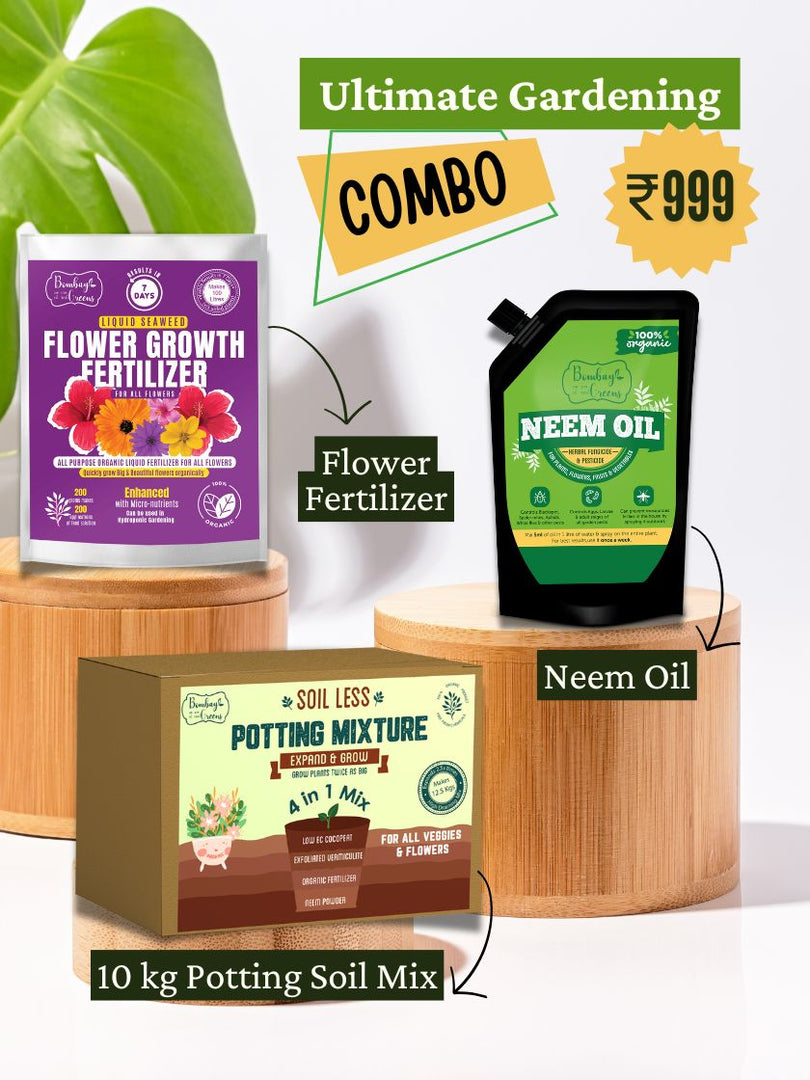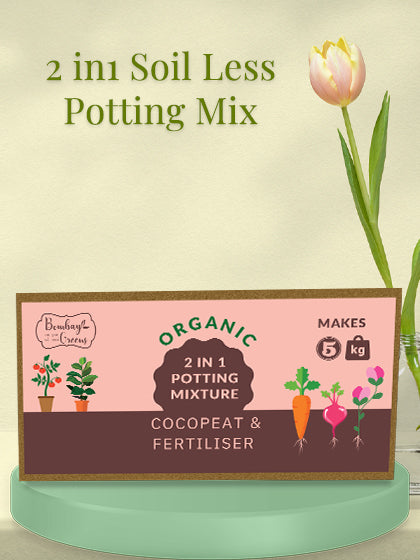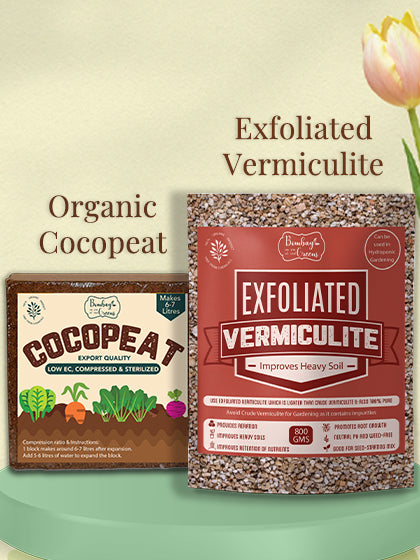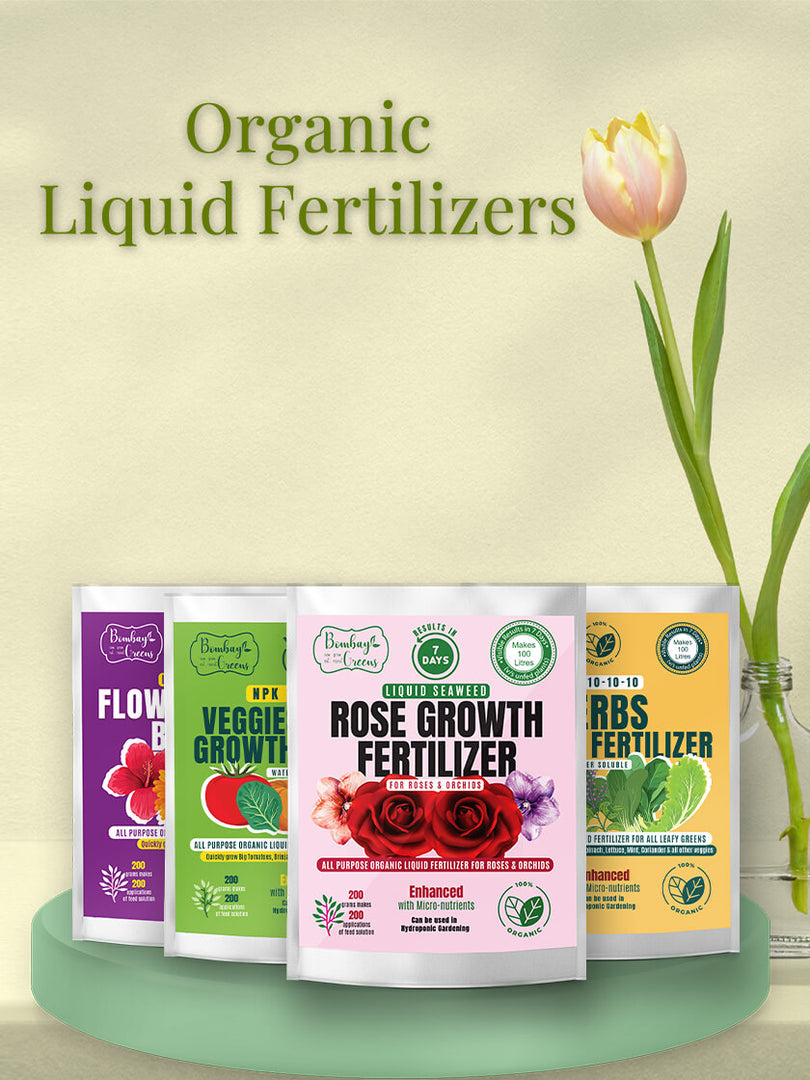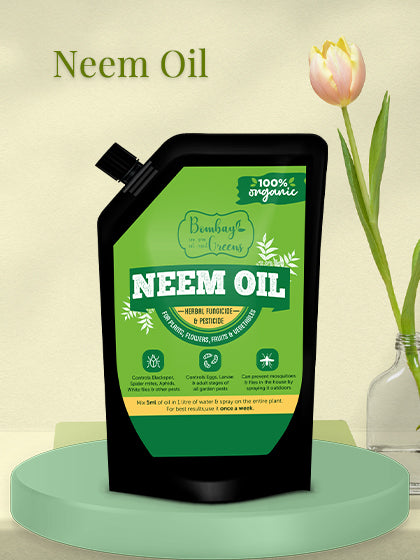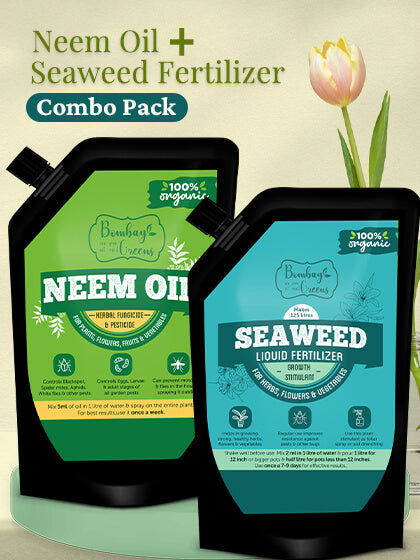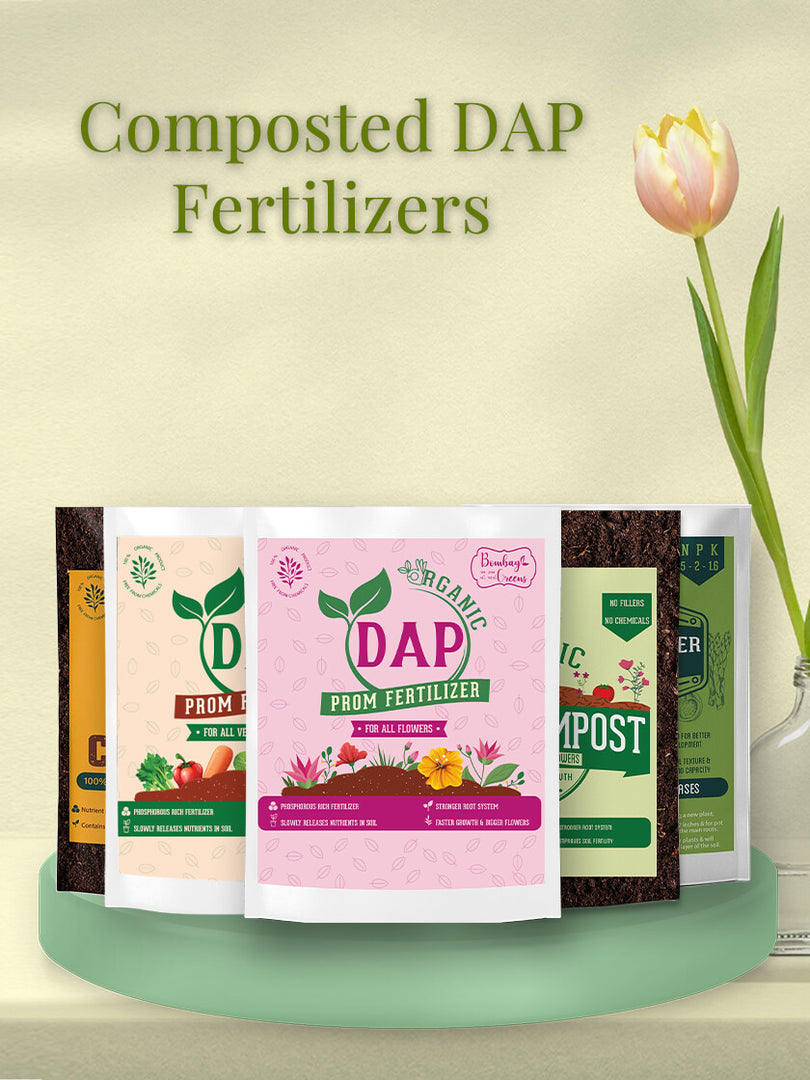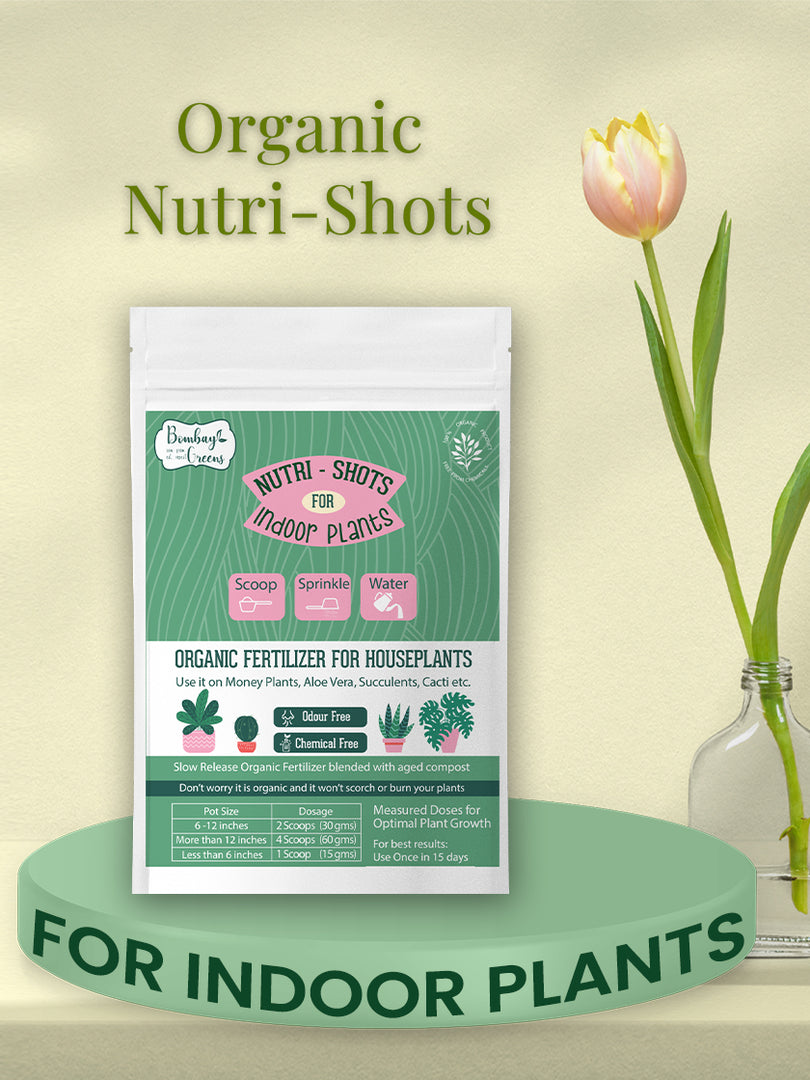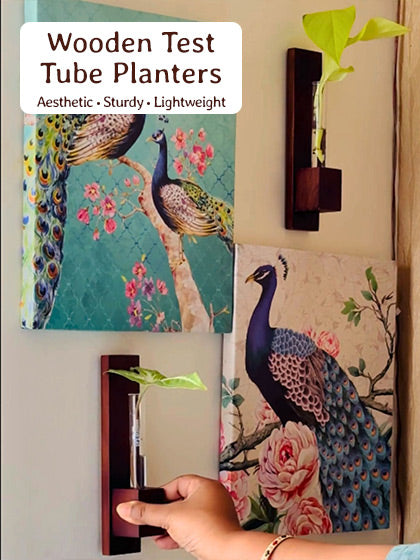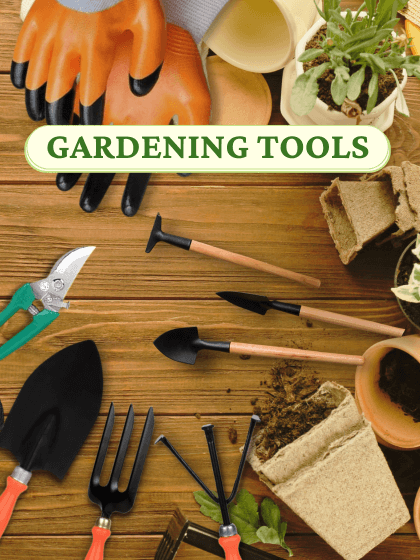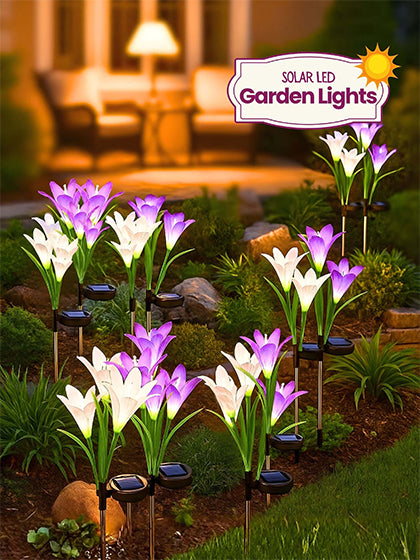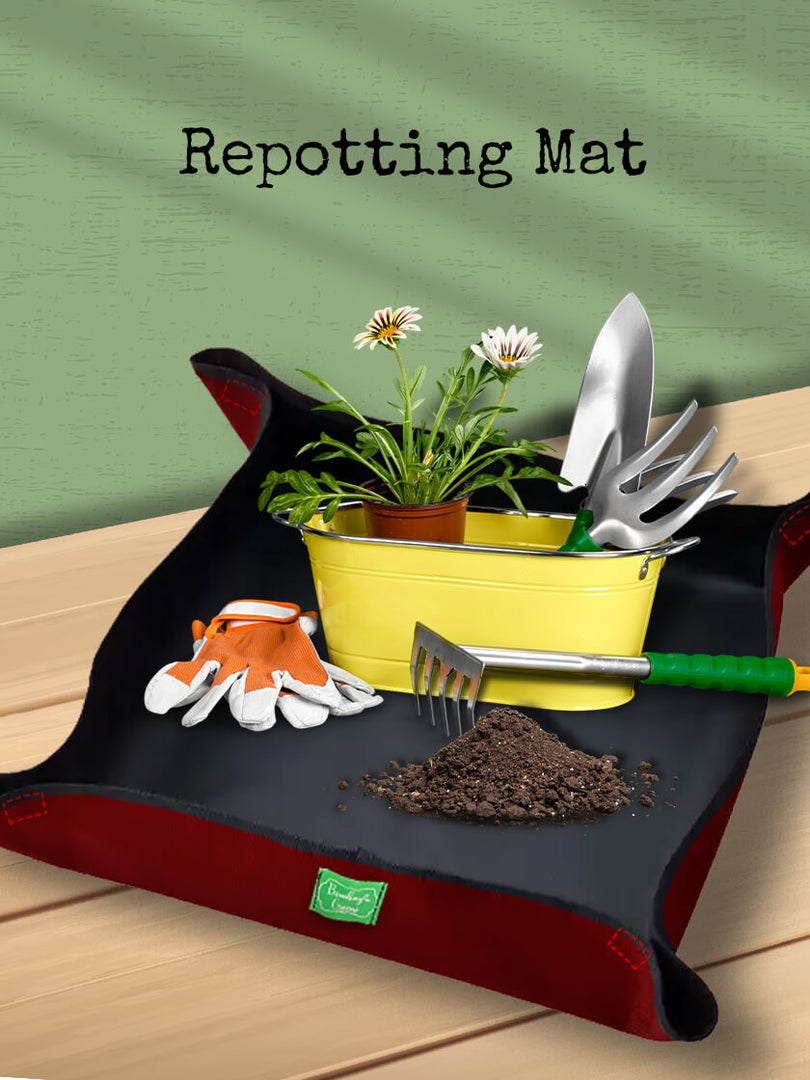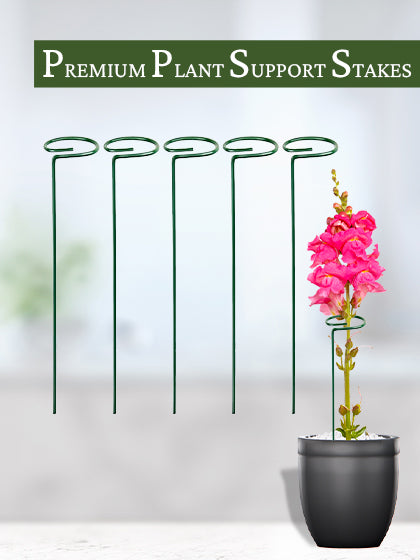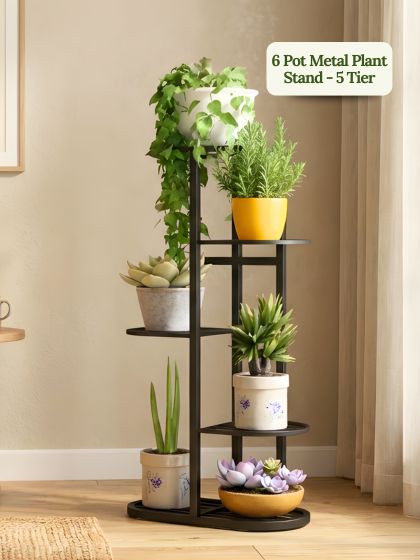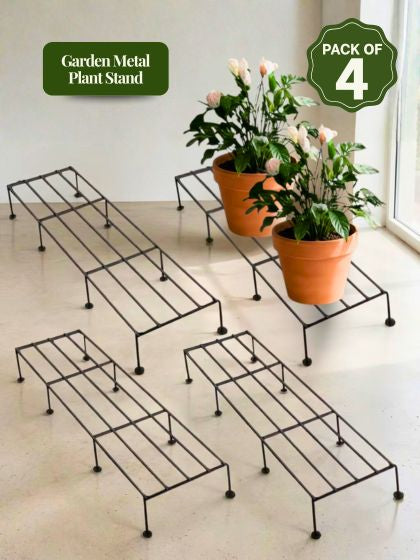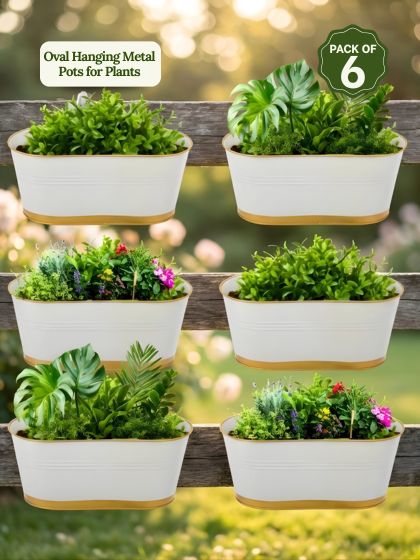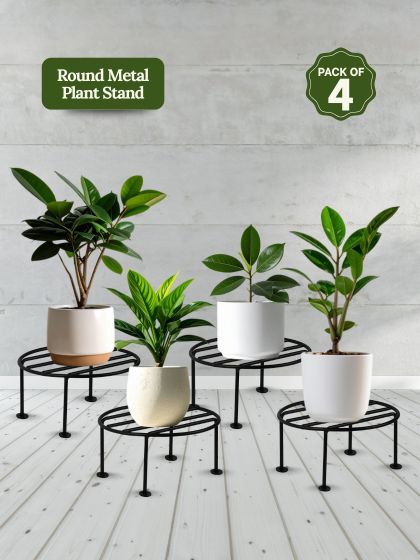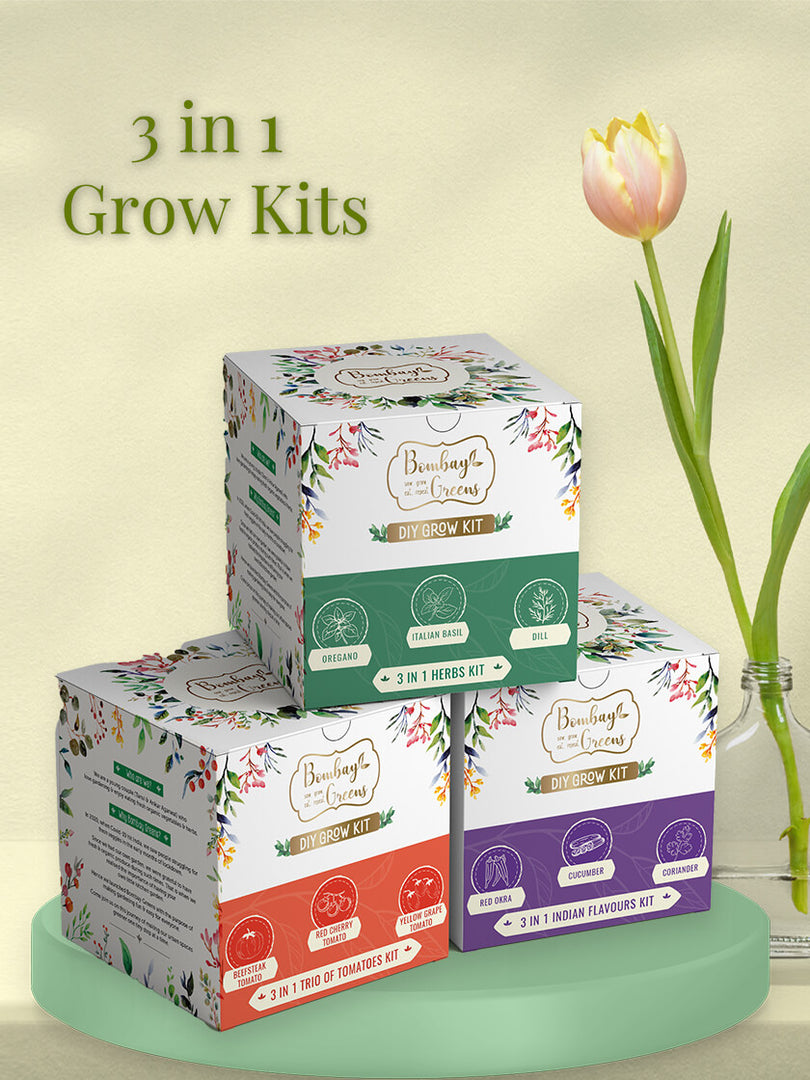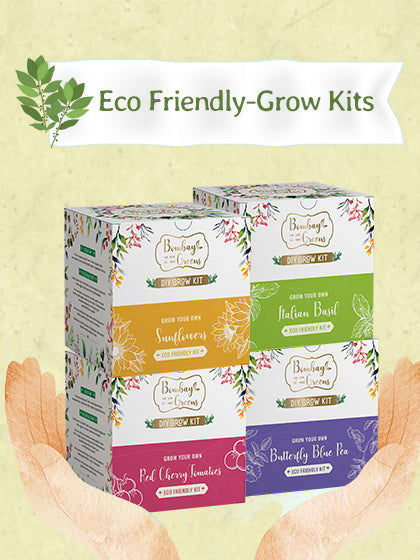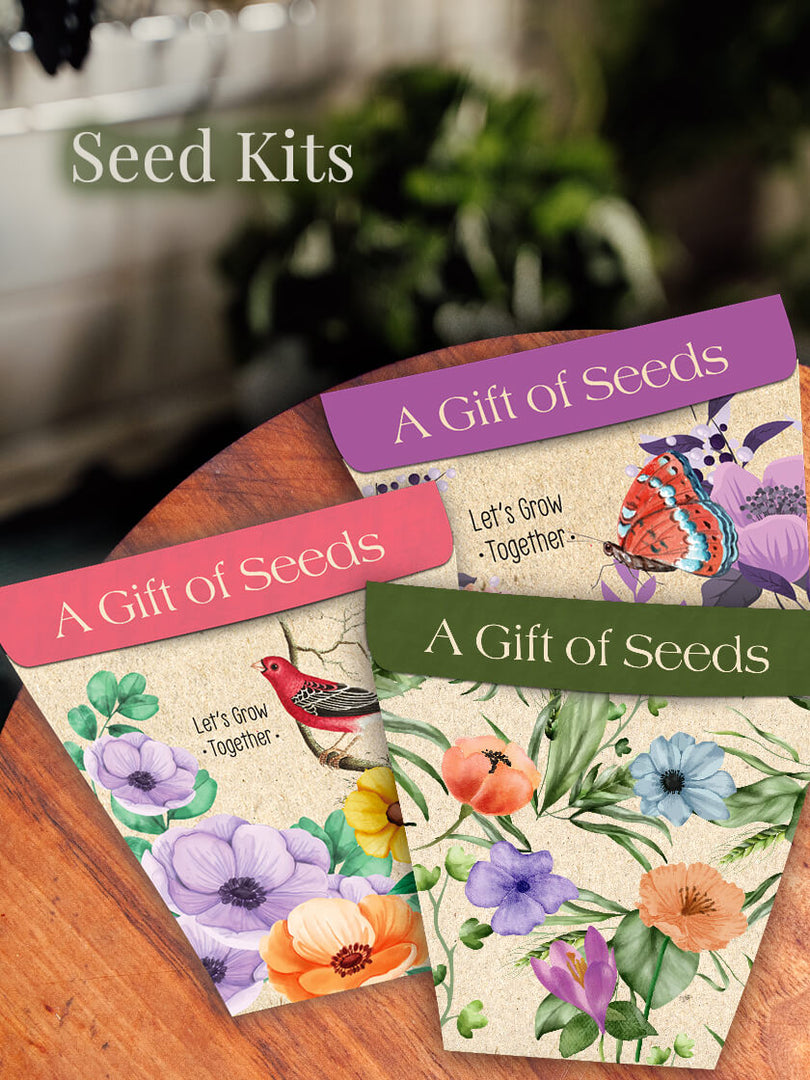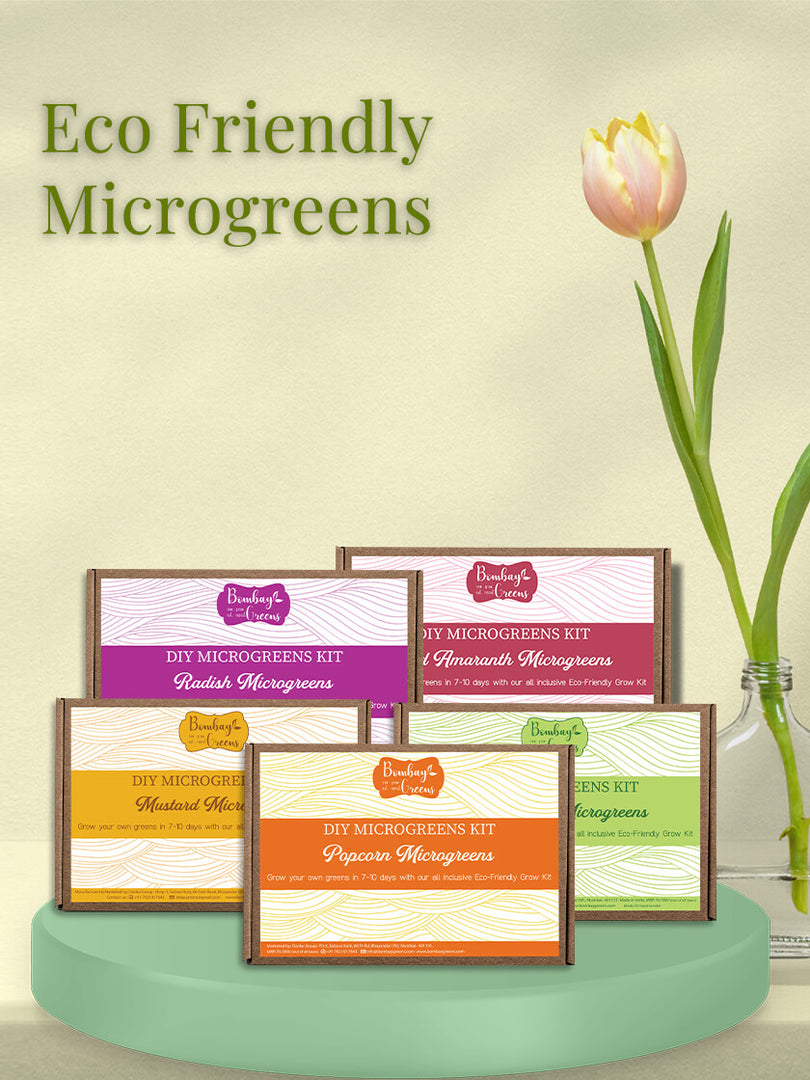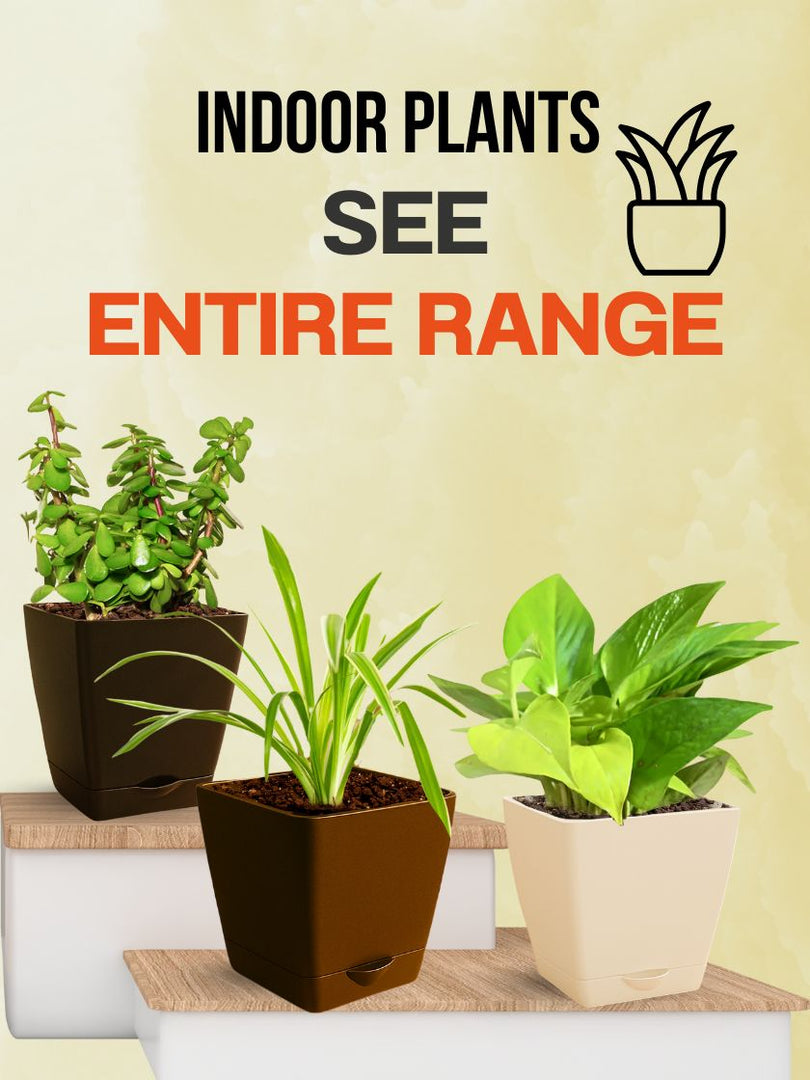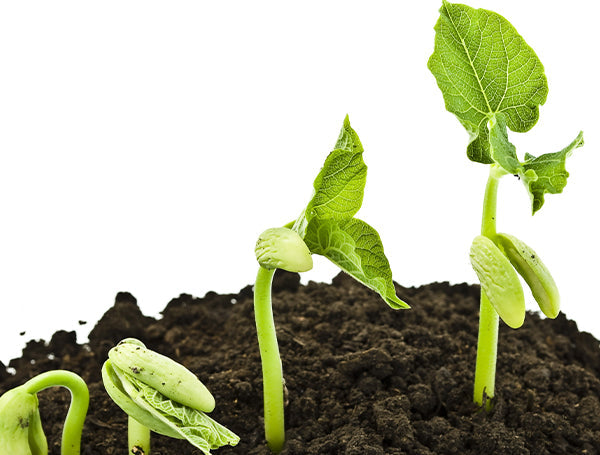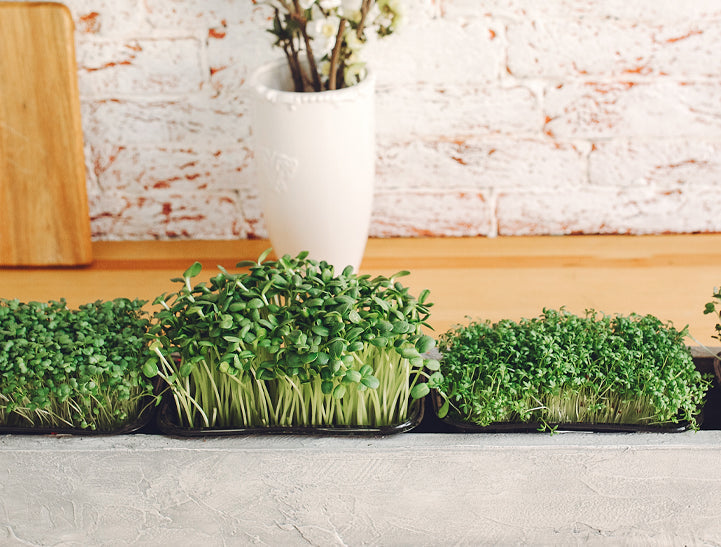Imagine yourself making pasta and to season it, you pluck fresh basil from your kitchen garden. The fragrance that lingers on your fingers, the crunchy leaves and the deliciousness it adds to the dish is something that you only experience with fresh basil.
This is why we are here with a complete guide to growing basil at home and taking care of basil. You will find answers to:
- How to grow basil?
- How to take care of a basil plant?
- Basil growing conditions
- The best fertilizer for basil, etc.

Being one of the most popular herbs, basil is an easy to grow member of the mint family. Known as Ocimum basilicum, scientifically, it is originally from India. However, it is prominently used in Italian cooking which eventually made it so popular.
So without much adieu, here’s everything that you need to understand about growing basil plants at home.
Understanding basil
Native to southern Asia and South Pacific islands, basil can be grown easily without any fuss. Because they are perennial, they grow quickly.
Apart from being flavourful and fragrant, they are a great source of minerals such as iron, magnesium, and manganese and are a rich source of Vitamin A, B6, C and K. The leaves and the flowers are the edible parts of the plant.
Different Types of Basil and their uses

Being a versatile herb that is used in curries, drinks, salads and pasta, there are about 150 varieties of basil in the world, each with unique flavour and characteristics. But not all basil varieties are culinary basils. We have listed here the most used types of basil plants.
- Italian Basil: This is the most common variety of basil that is used in cooking, from salads and pasta to pestos and curries. These are the ones easily available in stores and have rounded leaves that are slightly cup-shaped.
- Thai sweet basil: This has a dark coloured leaf with a hint of licorice flavour. It has a purple stem and sturdy leaves with serrated edges. As the name suggests, it is used in Asian dishes.
- Purple Basil: The purple hue of this basil plant makes it one of the most gorgeous plants to have in your kitchen garden. This deep burgundy basil is not as sweet as the other varieties and has a clove-like taste.
- Lemon Basil: This has a little citrusy flavour and is used in a variety of dishes. It makes for a perfect choice for marinades, desserts, sauces and teas.
-
Cinnamon Basil: This is very fragrant and full of spice basil variants. It has thin leaves and purple flowers. It is paired mostly with Asian dishes.
-
Spicy Globe Basil: This strong peppery flavoured basil has very small leaves that can be used whole.
How to grow basil?

Requirements for growing basil indoors
- Well draining seed starter mix or potting mix, whichever you have.
- Starting container
- Spray mister
- Basil Seeds or rooted propagated cuttings
Growing basil from seeds
- Take your starter container or small pots and fill it with a well-draining potting mix or seed starter mix.
- Scatter the seeds and cover lightly with potting mix.
- Water thoroughly using a spray bottle.
- Keep the seed tray covered to retain the moisture and provide humidity for the seeds until they germinate.
- Place the pot in a warm place
- The seedlings will emerge in 4-10 days. Remove the cover and keep the seedling container on a windowsill where it gets bright light and not direct sunlight.
- Keep the soil moist by misting it during this period but do not overwater it.
- When you see true leaves, it's time to transplant them.

Growing Basil from propagation
- Snip a small healthy stem section of an existing plant or store-bought basil.
- Place the cutting in a glass of water and place it at a sunny spot.
- Change the water every other day.
- You will soon start seeing roots coming out at the bottom of the cutting.
- Once the roots are about 2 inches long, it’s time to plant them in the soil.
There’s also an easy way to grow Basil. You can try Bombay Greens 3 in 1 DIY herb kit for Italian Basil, Dill and Oregano. It helps you grow your own herb in just 3 easy steps.
Transplanting basil into your garden

Whether it is a nursery plant or a seedling you grew, it needs to be transferred to a bigger pot for better growth.
- Prepare a well-draining potting mix with rich organic matter.
- Use at least an 8-inch deep pot for allowing the roots to grow strong.
- Dig a hole using a tool to place your plant.
- Place the seedling so that the root ball is level with the soil.
- Fill any gaps with the potting mix and firmly press the soil around the transplanted plant.
- Try to keep a space of 10-12 inches between two plants to allow better growth if you are growing in a rectangular or large pot.
- Water the plant thoroughly.
- You can also add mulch to conserve moisture
Taking care of basil plant

When you plant basil, remember the following to care for the basil plant and save it from dying.
- Soil Requirement:
The best soil for basil would be one that is moisture-retaining but is also well-draining. An ideal soil would be with a pH of 6-7. Adding nutrients like compost, organic fertilizer, etc to the soil would be a good way to keep the nutrients in the soil from draining during regular watering.
- Sunlight:
Let us address the most common questions like - How much sun do basil plants need? Or what is the ideal growing condition for basil? . It is 4-6 hours of sunlight. There is an exception only in the case of the hottest climates. In that case, put the plant in a shaded area.
- Water
Basil loves regular watering but ensures that the soil is well-draining. It should not be dry at any point. To check on how often to water basil, put your finger about an inch inside the soil and check for moisture. If the soil sticks to the finger, it does not need water. If it feels dry, it needs water. Your plant will start to wilt if you over-water it. So be cautious there.
- Fertilizer
Basil requires very little fertilisation. In case your plant is in a pot, an all-purpose liquid fertilizerevery 3-4 weeks would compensate for the loss of nutrients during watering. If it is planted on the ground, adding a little all-purpose liquid fertilizer twice the season would be sufficient for the basil. Remember that too much fertilization will kill basil’s flavour.
- Temperature and Humidity
Temperature and humidity play an important role in ideal basil growing conditions. It loves warm temperatures. But it will do good between 15-30 degrees as well. Basil is cold sensitive and will die soon in cold temperatures. In winters, you can cover your plant to keep it safe from the frost or move them where they get light but not the cold.
- Pinching
This is an important point when it comes to a healthy basil plant. This will help the plant grow bushier. Pinching and trimming help the plant to grow side branches and look bushy.
How to trim a basil plant:
- As soon as you see two sets of true leaves, pinch them from the top.
- When your plant is about 6 inches tall, trim the basil stems and leaves. This forces them to produce more leaves.
- When your basil starts flowering, pinch the flowers so that the plant can spend its energy on foliage growth.
- If your plant is only growing vertically, trim off the top to encourage lateral growth.
Harvesting basil

Since basil is a perennial plant and is used in cooking, there is no right time to harvest basil. You can simply pluck leaves as and when you need them. If you harvest basil regularly, you help the plant grow bushier and also keep the plant from making seeds.
When it comes to harvesting basil seeds, separate one plant to collect the seeds that have been pollinated. To save the seeds for the next batch, clip the spent flower head and dry it in a warm dry place. Put the stem in a paper bag and shake or crush the flower head. There, you have your seeds.
Common pests and diseases
When growing basil plants at home, one major problem that is faced is that of Aphids. Apart from this, mites, cutworms, whiteflies, beetles and slugs also cause problems. You can spray neem oilregularly to keep them at bay. In case your plant is infested, spray your entire plant with a solution of organic neem oil with water.
Growing basil is very convenient and easy. It adds instant freshness and deliciousness to your compotes, salads, pestos, pasta and so many other dishes. Give growing basil plants at home a try because this ultimate guide is there to set you up for success.

Tanvi Agarwal - Co-founder
Driven by a deep-seated love for nature and a keen entrepreneurial spirit, she co-founded Bombay Greens, transforming urban spaces into thriving green havens. Recognizing the need for accessible and sustainable gardening solutions in the bustling city, she poured her passion into building a brand that empowers individuals to cultivate their own green spaces, regardless of their location or experience. Her vision extends beyond simply selling gardening items; it's about fostering a community connected to nature, one balcony, rooftop, and windowsill at a time.

